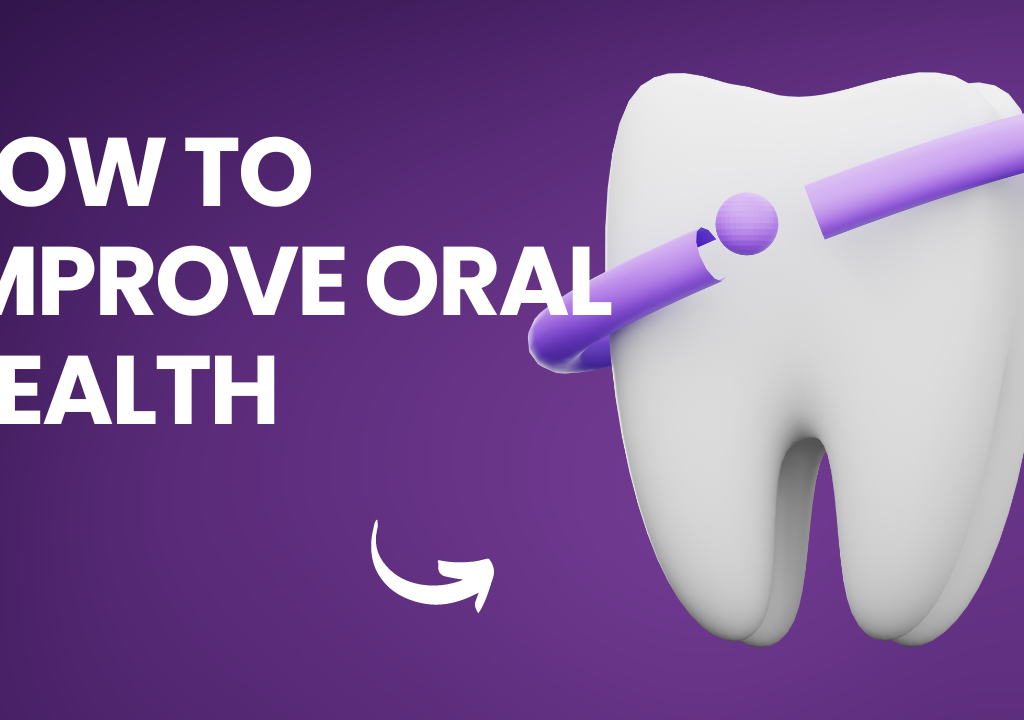A Guide to Restoring and Maintaining Healthy Gums

Healthy gums are the foundation of a beautiful smile and overall oral health. Unfortunately, gum disease, a chronic inflammatory condition affecting the gum tissue, is a prevalent issue. The good news? Even if you’re struggling with poor gum health, there are steps you can take to reverse the damage and achieve healthy gums. This guide equips you with a comprehensive strategy to restore and maintain optimal gum health.
Understanding Gum Disease: The Threat Beneath the Surface
Gum disease, also known as periodontal disease, is a spectrum of inflammatory conditions affecting the gums and supporting structures of the teeth. The primary culprit? Plaque, a sticky film harboring bacteria that builds up on teeth. Here’s a breakdown of the stages of gum disease:
- Gingivitis: This is the earliest stage, characterized by inflamed and irritated gums that bleed easily during brushing or flossing. Gingivitis is reversible with proper oral hygiene practices.
- Periodontitis: If left untreated, gingivitis can progress to periodontitis, a more severe stage where the infection spreads to the bone and ligaments supporting the teeth. This can lead to gum recession, loose teeth, and even tooth loss.
Signs and Symptoms of Gum Disease:
Early detection and intervention are crucial in combating gum disease. Be mindful of these warning signs:
- Bleeding gums: This is the most common symptom, especially during brushing or flossing.
- Red, swollen, or tender gums: Healthy gums should be pale pink and firm.
- Persistent bad breath: Also known as halitosis, this can be a sign of gum infection.
- Receding gums: This exposes the root surface of the teeth, making them appear longer.
- Loose teeth: In severe cases, teeth can become loose and may eventually fall out.
Regaining Control: A Multi-Pronged Approach to Healthy Gums
Restoring and maintaining healthy gums requires a dedicated effort. Here’s a comprehensive approach that combines professional treatment with at-home practices:
1. Professional Dental Care:
- Dental Checkup and Cleaning: Schedule a visit to your dentist for a thorough evaluation of your oral health. A professional cleaning removes plaque and tartar buildup, creating a clean slate for gum healing.
- Scaling and Root Planing: In cases of moderate to severe periodontitis, your dentist may recommend scaling and root planing, a deep cleaning procedure to remove plaque and tartar below the gum line.
- Antibiotics or Antiseptic Mouthwash: In some cases, your dentist may prescribe antibiotics to combat infection or a medicated mouthwash to reduce inflammation.
2. Enhanced Oral Hygiene at Home:
- Brushing Twice Daily: Use a soft-bristled toothbrush and fluoride toothpaste to brush your teeth for two minutes, twice a day. Focus on cleaning the gum line gently using circular motions.
- Flossing Daily: Flossing removes plaque and bacteria from between teeth, where brushing can’t reach. Aim to floss at least once a day, ideally before bedtime.
- Antibacterial Mouthwash: Consider using an antibacterial mouthwash as an additional tool to freshen breath and reduce plaque buildup. However, don’t rely solely on mouthwash to replace brushing and flossing.
3. Lifestyle Changes for Optimal Oral Health:
- Quit Smoking: Smoking weakens the immune system and dramatically increases the risk of gum disease. Quitting smoking is one of the most significant steps you can take for your oral health.
- Healthy Diet: Nourish your body with a balanced diet rich in fruits, vegetables, and whole grains. These foods provide essential nutrients for gum health. Limit sugary foods and drinks that contribute to plaque buildup.
- Stress Management: Chronic stress can exacerbate gum disease. Explore stress-relieving techniques like yoga, meditation, or deep breathing exercises.
Natural Supportive Measures (Consult Your Dentist Before Trying):
- Oil Pulling: This traditional practice involves swishing coconut oil in your mouth for 15-20 minutes. Some studies suggest it may reduce plaque buildup, but more research is needed.
- Green Tea: Green tea contains antioxidants with potential anti-inflammatory properties that might benefit gum health. Consult your dentist before using green tea rinses, as they may interact with medications.
Maintaining Healthy Gums: A Lifelong Commitment
Restoring gum health is an achievable feat. However, long-term success requires ongoing commitment to good oral hygiene practices and regular dental checkups. Here are some additional tips for maintaining healthy gums:
- Schedule Regular Dental Checkups and Cleanings: Ideally, aim for professional cleanings every six months, or as recommended by your dentist.
- Replace Your Toothbrush Regularly: Change your toothbrush every





